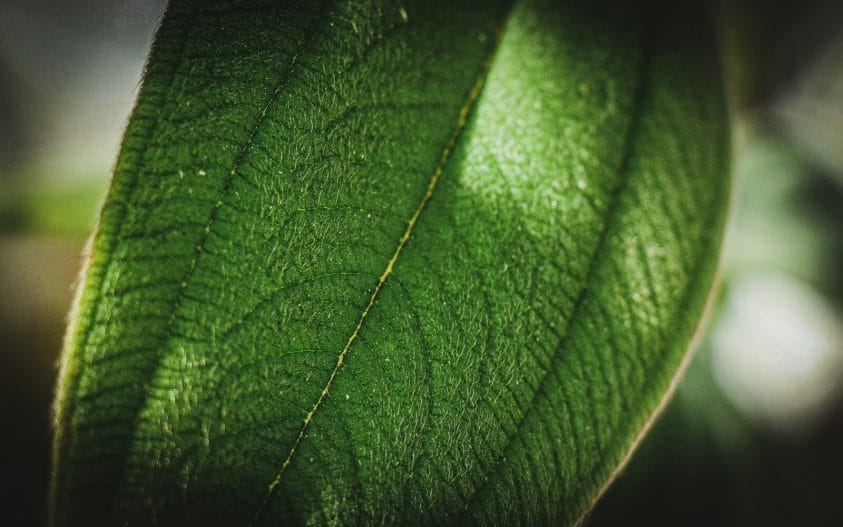Latest leaves
CI‑202 vs CI‑203: Which Leaf Area Meter Fits Your Field Work?
Choosing the right leaf area meter can make or break the efficiency of your plant research. For field scientists, agronomists, and ecologists, CID Bio-Science’s CI-202 Portable Laser Leaf Area Meter and CI-203 Handheld Laser Leaf Area Meter both deliver accurate, non-destructive measurements of leaf area, shape, and morphology. But which tool best suits your work… Continue reading…

Additional reading
Why is Riparian Canopy Cover important for Water Quality and Wildlife
Riparian zones are the transitional areas between water bodies and uplands. Riparian zones provide several ecosystem benefits, such as bank stabilization, water quality and temperature maintenance, lowered downstream flood risks, and wildlife habitat and food. Many of the riparian zone benefits depend on a healthy old-growth canopy cover. Canopy cover and shade of riparian zones… Continue reading…
Adapted Plant Traits in Riparian Zones
Riparian plants have anatomical and morphological adaptations that help them persist in the dynamic and variable conditions of the ecotone. Plant adaptations in the riparian ecotones occur in response to periodic flooding, anoxia, low luminosity, and unstable substrate. The adaptations can be in the shoot, leaves, and root systems. Adaptations vary based on life forms,… Continue reading…
How Leaf Area Index Affects Yield
Leaf Area Index (LAI) varies with species, cultivars, growing conditions, and crop stages. The influence of LAI on yield will depend on the harvested portion of crops. An increase in LAI above a specific optimum value for fruits and seed crops will decrease yield. Leaf Area Index (LAI) is a standard vegetative trait correlated with… Continue reading…
How Does the Role of Senescence Affect Crop Productivity?
Senescence can determine and increase crop productivity. Selecting for cultivars with delayed senescence improves yield only in some species. Senescence increases plant phenotypic plasticity, helping it to adapt to abiotic stress. Senescence is a significant agricultural trait that affects crop growth, stress adaptation, yield, and postharvest storage. Plants are unusual as they can time senescence… Continue reading…
How Effective is Plant Cover for Soil Erosion Control?
Plant cover is the most cost-effective and efficient way to control soil erosion in large areas affected by deforestation, mining, etc. Soil erosion measures can also be incorporated in farmlands to prevent topsoil loss. Plant canopy parameters like extent, height, and architecture will determine the efficiency of soil erosion control. Soil erosion is a major… Continue reading…
Why Forest Protection Is Crucial for Our Future
Forest protection limits the various biotic and abiotic factors or their effects that reduce or degrade forests. Plant Science provides the theoretical basis for protecting forests. It focuses on tree morphology, anatomy, physiology, and biochemistry to monitor structure, growth, function, and stress management. Advanced precision tools used onsite or remotely estimate several plant parameters non-destructively… Continue reading…











